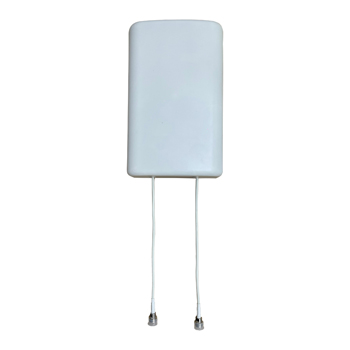Wi-Fi Antenna Vs Helium Antenna: What’s the Difference?
What is Wi-Fi? In today’s digital age, Wi-Fi has become an integral part of our lives, providing seamless wireless internet connectivity to a wide range of devices. Wi-Fi, short for Wireless Fidelity, is a technology that enables devices to connect to the internet and local area networks (LANs) without the need for physical wired connections. It allows laptops, smartphones, tablets, smart TVs, and other gadgets to access the internet and communicate with each other within a certain range. Wi-Fi operates using radio frequency signals, typically in the 2.4 GHz and 5 GHz bands. These signals are transmitted and received by Wi-Fi antennas, which are essential components responsible for ensuring the smooth flow of data between devices and the Wi-Fi router. How Do Wi-Fi Antennas Work? Wi-Fi antennas perform two primary functions: transmitting and receiving signals. When you send data from your device to the Wi-Fi router, the antenna in your









